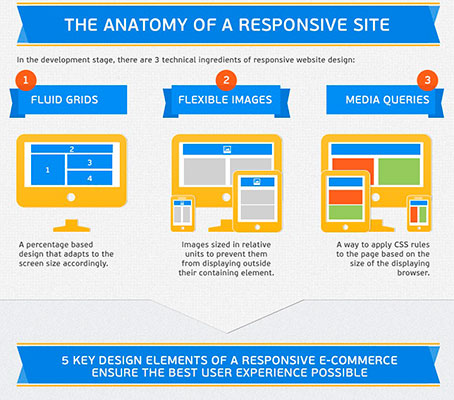The Development Of Website Style: From Past To Present
The Development Of Website Style: From Past To Present
Blog Article
Material Written By-Collier Singer
In the past, web sites were basic and concentrated on info. Navigation was direct, and style was for desktop computers. Now, user experience is vital. Data overviews styles for very easy navigation. monthly seo packages match various tools. Today, dark setting lowers pressure, and minimal food selections enhance navigating. Interactive attributes involve users, and bold visuals stick out. AI integration enhances interaction. See how layout has actually advanced to boost your on-line trip.
Very Early Days of Website Design
In the very early days of web design, simpleness reigned supreme. Internet sites were basic, with restricted colors, font styles, and designs. The focus was on providing details as opposed to showy visuals. Users accessed the web via sluggish dial-up links, so speed and functionality were key.
Navigating menus were straightforward, usually situated at the top or side of the web page. Sites were developed for desktop computers, as mobile browsing had not been yet widespread. Web content was king, and developers focused on easy readability over intricate design aspects.
HTML was the primary coding language utilized, and developers had to function within its restrictions. Computer animations and interactive attributes were very little contrasted to today's criteria. Internet sites were fixed, with little dynamic material or personalized user experiences.
Rise of User-Focused Layout
With the evolution of web site design, a change towards user-focused design concepts has come to be increasingly famous. Today, creating websites that focus on user experience is crucial for involving visitors and attaining company objectives. User-focused style involves recognizing the needs, choices, and habits of your target audience to customize the internet site's design, content, and includes as necessary.
Developers now perform extensive research, such as individual studies and functionality screening, to gather insights and feedback straight from customers. This data-driven approach helps in developing instinctive navigating, clear calls-to-action, and aesthetically enticing user interfaces that resonate with visitors. By positioning the user at the center of the design process, internet sites can provide an extra personalized and enjoyable experience.
Responsive layout has also become an essential facet of user-focused design, guaranteeing that sites are maximized for different gadgets and display dimensions. This versatility improves availability and usability, dealing with the diverse ways customers connect with sites today. Fundamentally, the rise of user-focused style signifies a shift towards producing electronic experiences that prioritize the needs and assumptions of completion individual.
Modern Trends in Web Design
Explore the current trends forming website design today. One popular trend is dark mode layout, offering a sleek and modern appearance while reducing eye pressure in low-light environments. One more essential fad is minimalist navigating, simplifying menus and boosting user experience by concentrating on essential elements. Incorporating micro-interactions, such as animated buttons or scrolling impacts, can develop a much more interesting and interactive site. Receptive style stays crucial, making certain smooth user experiences throughout different gadgets. Furthermore, using bold typography and unbalanced layouts can include aesthetic interest and draw attention to specific material.
Integrating AI innovation, like chatbots for client assistance or individualized suggestions, improves customer interaction and streamlines procedures. Access has likewise come to be a significant trend, with designers prioritizing inclusive design techniques to accommodate varied customer requirements. Embracing sustainability by optimizing website efficiency for speed and performance is one more emerging pattern in website design. Collaborating with customer feedback and information analytics to repeat and boost layout continuously is vital for remaining pertinent in the ever-evolving digital landscape. By accepting https://martechseries.com/mts-insights/guest-authors/6-seo-tips-for-2022-and-beyond/ , you can create an aesthetically appealing, straightforward site that resonates with your target market.
Final thought
As you reflect on the advancement of site design from the very early days to currently, you can see how user-focused design has actually become the driving pressure behind modern trends.
Welcome the trip of modification and adjustment in website design, constantly maintaining the user experience at the leading edge.
Remain current with the current fads and modern technologies, and never ever quit progressing your strategy to develop aesthetically stunning and user-friendly web sites.
Develop, adapt, and develop - the future of web design remains in your hands.
